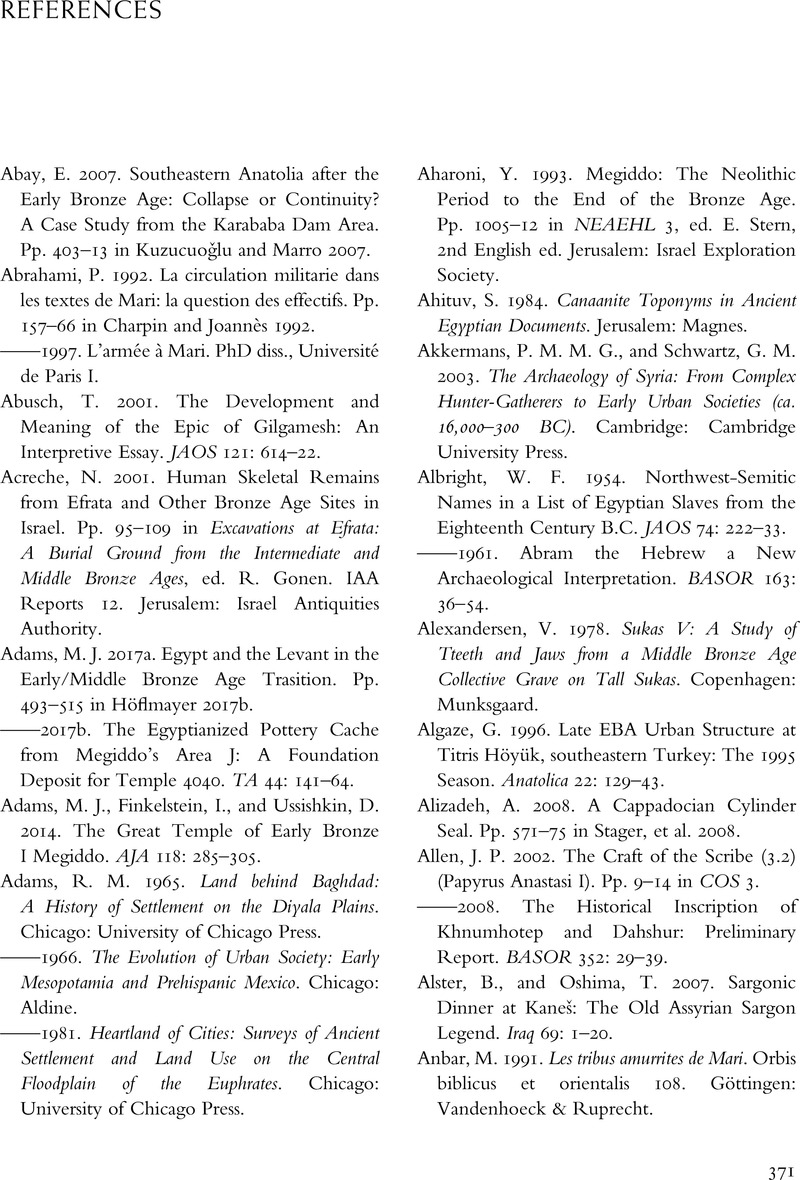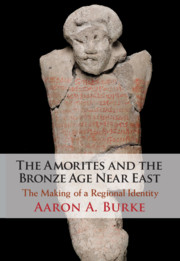Book contents
- The Amorites and the Bronze Age Near East
- The Amorites and the Bronze Age Near East
- Copyright page
- Dedication
- Contents
- Figures
- Tables
- Preface
- Acknowledgments
- Abbreviations
- One Introduction
- Two Communities at the Margins
- Three Beyond Pastoralism
- Four Mercenaries and Merchants
- Five Competition and Emulation
- Six Conclusion
- References
- Index
- References
References
Published online by Cambridge University Press: 23 January 2021
- The Amorites and the Bronze Age Near East
- The Amorites and the Bronze Age Near East
- Copyright page
- Dedication
- Contents
- Figures
- Tables
- Preface
- Acknowledgments
- Abbreviations
- One Introduction
- Two Communities at the Margins
- Three Beyond Pastoralism
- Four Mercenaries and Merchants
- Five Competition and Emulation
- Six Conclusion
- References
- Index
- References
Summary

- Type
- Chapter
- Information
- The Amorites and the Bronze Age Near EastThe Making of a Regional Identity, pp. 371 - 410Publisher: Cambridge University PressPrint publication year: 2020



